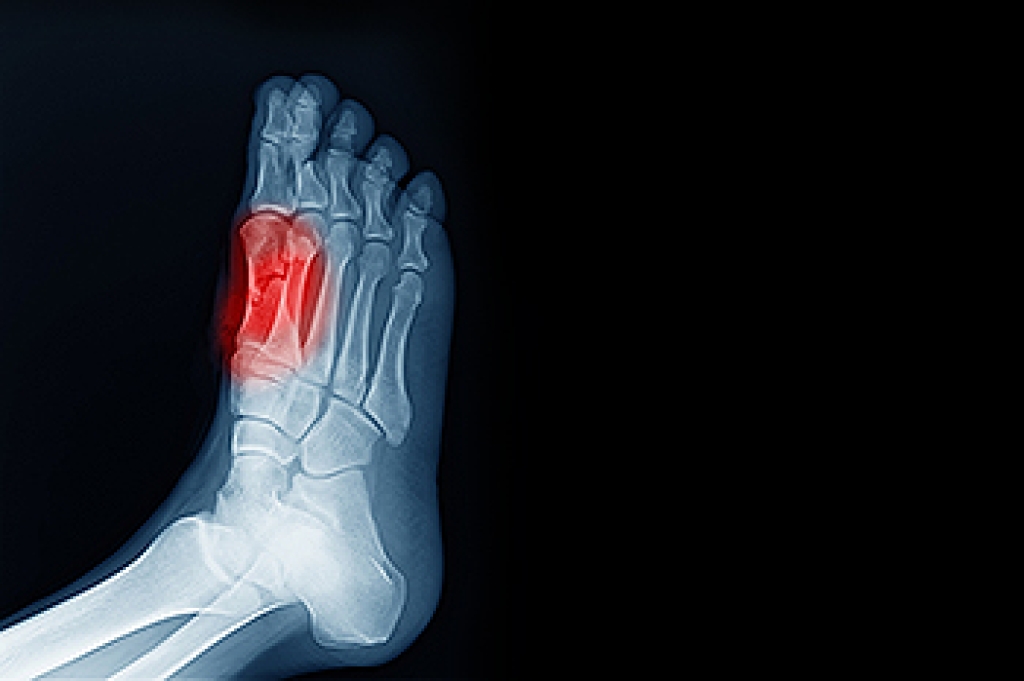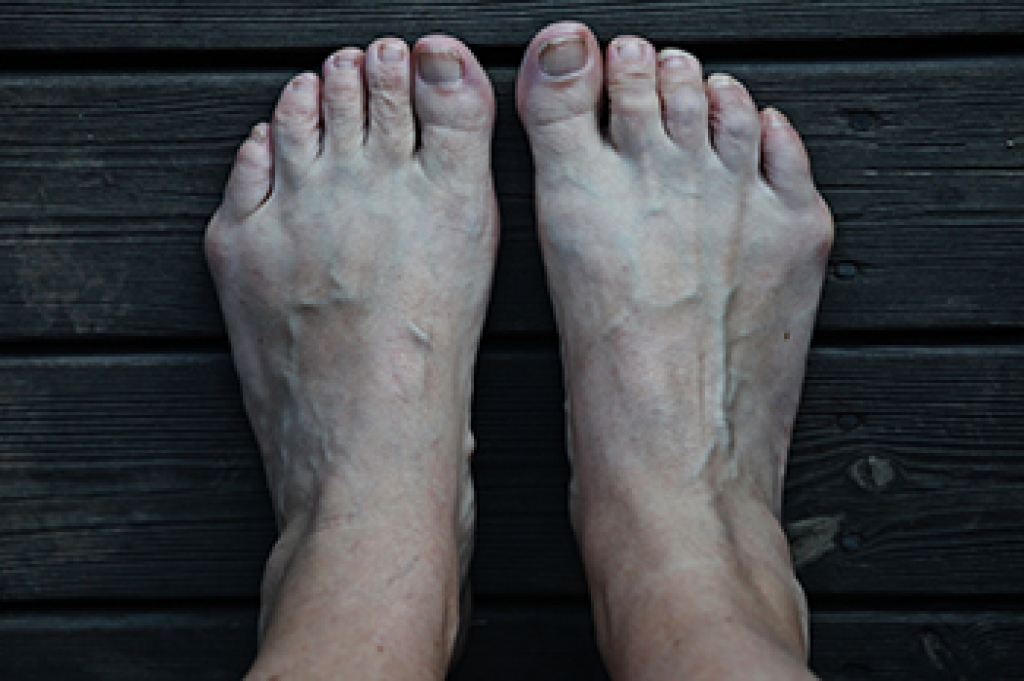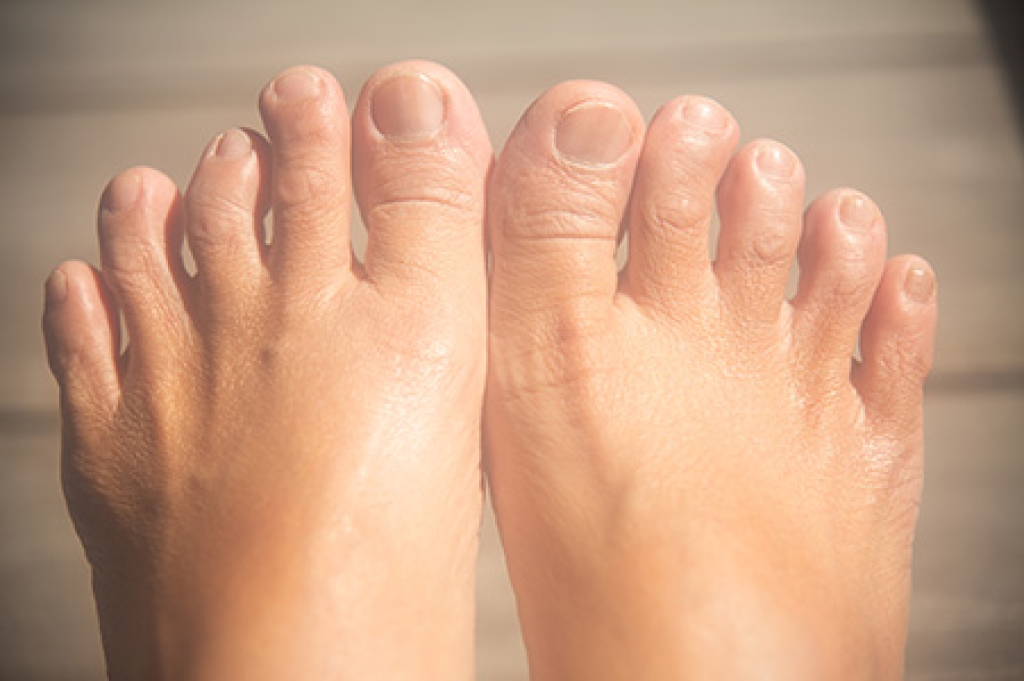
Sesamoid fractures occur in the small bones beneath the big toe joint, often due to repetitive stress or direct trauma. These bones, called the tibial and fibular sesamoids, are embedded within a tendon and help with weight-bearing and motion. Fractures or damage to sesamoid bones are especially common among dancers, joggers, and people who wear high-heeled or thin-soled shoes. Pain is usually located beneath the head of the first metatarsal ,and may worsen when walking or wearing shoes that increase pressure under the big toe. In some cases, sesamoid fractures are confused with other conditions like gout. Diagnosis typically involves examining the foot while moving the toe and using imaging such as X-rays or MRI scans to confirm the fracture. A podiatrist can recommend immobilization techniques, or, in some cases, surgery to relieve persistent pain and restore function. If you have severe pain beneath the big toe, it is suggested that you schedule an appointment with a podiatrist for an exam and appropriate treatment options.
A broken foot requires immediate medical attention and treatment. If you need your feet checked, contact Daniel Bell, DPM from Florida. Our doctor can provide the care you need to keep you pain-free and on your feet.
Broken Foot Causes, Symptoms, and Treatment
A broken foot is caused by one of the bones in the foot typically breaking when bended, crushed, or stretched beyond its natural capabilities. Usually the location of the fracture indicates how the break occurred, whether it was through an object, fall, or any other type of injury.
Common Symptoms of Broken Feet:
- Bruising
- Pain
- Redness
- Swelling
- Blue in color
- Numbness
- Cold
- Misshapen
- Cuts
- Deformities
Those that suspect they have a broken foot shoot seek urgent medical attention where a medical professional could diagnose the severity.
Treatment for broken bones varies depending on the cause, severity and location. Some will require the use of splints, casts or crutches while others could even involve surgery to repair the broken bones. Personal care includes the use of ice and keeping the foot stabilized and elevated.
If you have any questions please feel free to contact our office located in Pembroke Pines and Plantation, FL . We offer the newest diagnostic and treatment technologies for all your foot and ankle needs.




